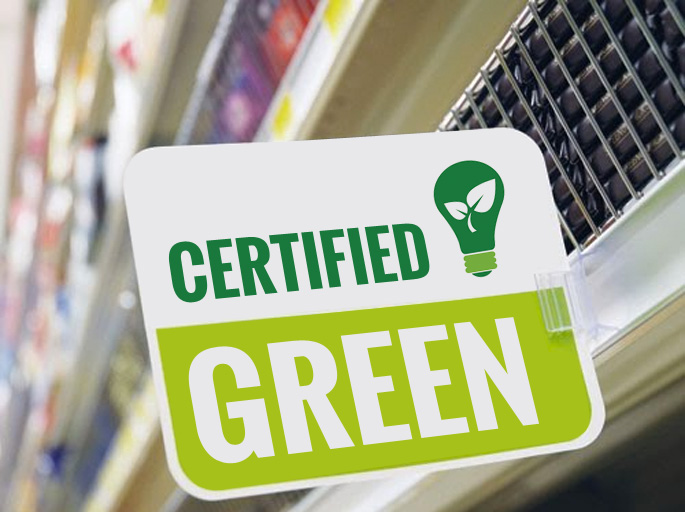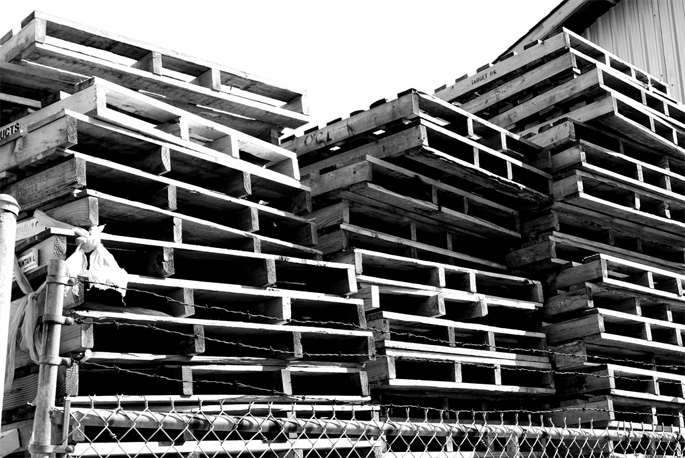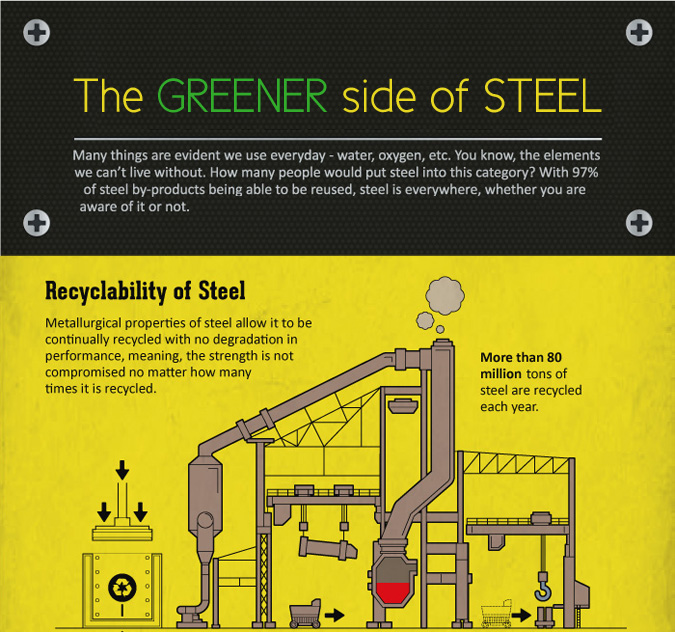
Using green products can provide a positive influence on any corporate sustainability program. But what exactly is a green product? GreenSpec offers quantifiable, easy-to-verify standards and uses these concurrently with case-by-case analysis of submitted products. Here are 6 performance attributes and characteristics that are used to measure the green products.
Efficient use of materials
How much does the product move us along the path toward cradle-to-cradle use of materials? Those products that are designed to be reused, recycled or composted are classified under efficient use. Recycled plastic bins are one example of a high efficiency product; composed of 98% recycled plastic.
Durable materials that have less need for replacement or whose maintenance has low environmental impact are efficient. For example, flooring that requires little or no waxing saves on resources and minimizes exposure to harmful chemicals.
Products engineered to help other products function more efficiently fit in this category. Pigmented concrete that can serve as a finished floor is an example. Also, products incorporating salvaged materials conserve energy and resources.
Included in this efficient classification are products with established markets that meet the FTC Green Guide definition of reusable and recyclable. Compostability, under the Green Guide definition, depends on the availability of facilities required for processing.
Responsible Sourcing
One of the 6 attributes and characteristics of green products involves the manufacturing industry, which has increased its scrutiny of supply chains and raw material sourcing to ensure compliance with environmental and socially responsible criteria.
Manufacturing with post-consumer recycled content, that uses material recovered from the waste stream, generates less waste, energy and pollution than using virgin materials. Landfill diverted post-consumer recycled content is preferable to pre-consumer recycled content.
GreenSpec’s preference is for rapidly renewable materials over alternatives that come with other concerns. For example, linoleum, cork, wool, sisal, and organic cotton are biobased, rapidly renewable materials. Sustainably sourced, certified wood and products using agricultural waste may fit under this category.
Energy and Water Conservation
The energy and water needed for the continuing operation of a building far exceed the environmental impact of the building construction. Many GreenSpec listed products contribute to water or energy conservation or to a facility’s ability to generate renewable power onsite. Insulation with additional benefits such as recycled content, chemically safer components, or fewer greenhouse gas emissions is preferable.
Equipment that saves energy but shows poor performance or durability does not meet the GreenSpec requirements. Equipment that minimizes water use or moves us beyond fossil-fuel dependency can qualify to be listed in the GreenSpec guide and is another green attribute and characteristic of eco-friendly products.
Low-Impact Operations
Products reducing pollution, waste, and other negative impacts of building maintenance, fall under the low-impact heading. Erosion-control and excavation-limiting products that moderate the effect of construction are placed in this category. Proven pollution mitigating products with quantifiable environmental benefits, such as porous pavers to reduce storm water run-off, decrease operational impacts.
Healthy Buildings
Structures designed to improve light quality or acoustics, constructed with low-emitting and non-hazardous materials fit under the healthy building category and are another one of the 6 attributes and characteristics of green products. In addition, some exceptional products such as CO detectors, which monitor indoor environment conditions, may qualify.
Sustainable Industry, Resilient Communities
Sustainable companies that contribute to local well-being with their employment and purchasing policies will lead to robust communities. Companies that practice transparency, corporate responsibility and establish a healthy connection to nature will enhance community welfare. Examples of corporate initiatives to improve community resiliency include non-auto transit alternatives and solar water heating systems working independently of utility power.
Image: http://www.greendeal.ca



































































































































 3 sustainable uses of recycled plastic
3 sustainable uses of recycled plastic  3 Things to Consider about Wooden Pallets and Your Corporate Waste Strategy
3 Things to Consider about Wooden Pallets and Your Corporate Waste Strategy  The Greener side of Steel
The Greener side of Steel 

I love that you mentioned all these various ways to make sure that you are choosing a green product. The idea of making sure that you are buying from a sustainable industry is helpful. A friend of mine would love knowing this as she looks into natural health products.